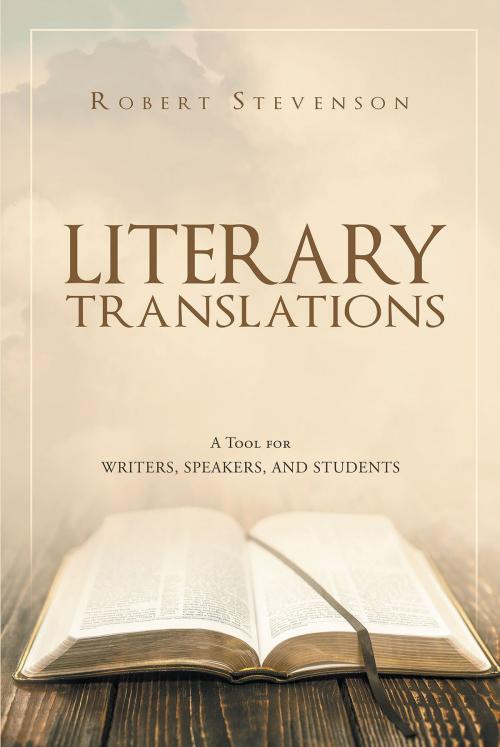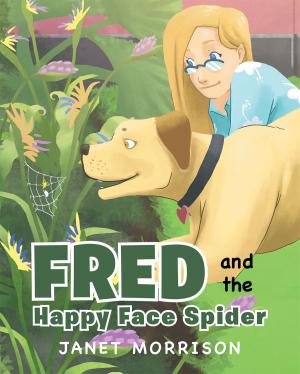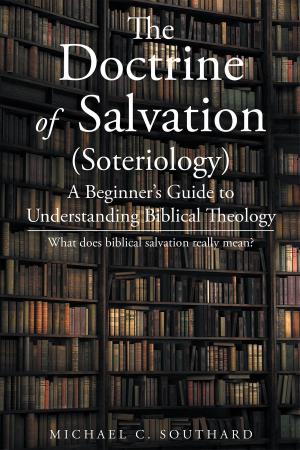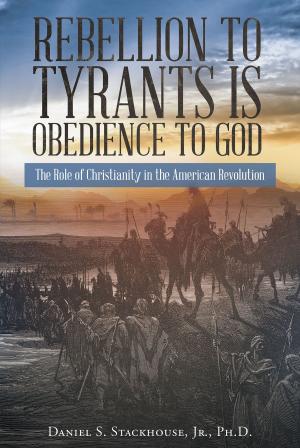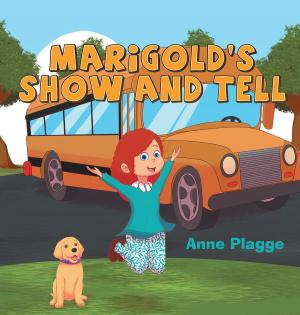Literary Translations
A Tool for Writers, Speakers,and Students
Nonfiction, Reference & Language, Education & Teaching| Author: | Robert Stevenson | ISBN: | 9781640287204 |
| Publisher: | Christian Faith Publishing | Publication: | July 6, 2017 |
| Imprint: | Language: | English |
| Author: | Robert Stevenson |
| ISBN: | 9781640287204 |
| Publisher: | Christian Faith Publishing |
| Publication: | July 6, 2017 |
| Imprint: | |
| Language: | English |
The Benefits of Literary Transitions
In both written and oral communications, transitions are those literary connective devices which are introductory in nature. They exist as words, phrases, clauses, sentences, and in some cases these transitional elements are in the form of paragraphs.
Literary transitional expressions indicate what previously has taken place, what is presently taking place, or what will take place later.
Next, transitional elements can be compared to the moveable rail of a railroad switch . . . a switching rail that gently switches or transfers a train from one set of railroad tracks to the next set of tracks. Comparatively speaking, literary transitions represent writers’, speakers’, and students’ turn of thought that is linked to a previous thought. In order words, transitional elements lead readers or listeners smoothly and coherently from one idea to the next idea by bridging communicators’ gap in their thinking process. These devices level out the literary bumps in written and oral communications. Transitions indicate the direction the new thought, sentence or paragraph will take.
Further, transitional connectives provide coherence that holds messages together by showing relationship between ideas both within sentences and paragraphs. Transitions also clarify order, and they are the major elements which point to clear writing and speaking . . . these elements logically guide the readers or listeners through to a conclusion.
Finally, transitions are convenient literary tools that communicators use as ways or stepping stones toward more effective messages. Certainly the efficient use of transitional devices contribute to writers’, speakers’, and students’ professionalism and enables them to be both more convincing and successful when communicating.
Thanks,
Robert Stevenson
The Benefits of Literary Transitions
In both written and oral communications, transitions are those literary connective devices which are introductory in nature. They exist as words, phrases, clauses, sentences, and in some cases these transitional elements are in the form of paragraphs.
Literary transitional expressions indicate what previously has taken place, what is presently taking place, or what will take place later.
Next, transitional elements can be compared to the moveable rail of a railroad switch . . . a switching rail that gently switches or transfers a train from one set of railroad tracks to the next set of tracks. Comparatively speaking, literary transitions represent writers’, speakers’, and students’ turn of thought that is linked to a previous thought. In order words, transitional elements lead readers or listeners smoothly and coherently from one idea to the next idea by bridging communicators’ gap in their thinking process. These devices level out the literary bumps in written and oral communications. Transitions indicate the direction the new thought, sentence or paragraph will take.
Further, transitional connectives provide coherence that holds messages together by showing relationship between ideas both within sentences and paragraphs. Transitions also clarify order, and they are the major elements which point to clear writing and speaking . . . these elements logically guide the readers or listeners through to a conclusion.
Finally, transitions are convenient literary tools that communicators use as ways or stepping stones toward more effective messages. Certainly the efficient use of transitional devices contribute to writers’, speakers’, and students’ professionalism and enables them to be both more convincing and successful when communicating.
Thanks,
Robert Stevenson
